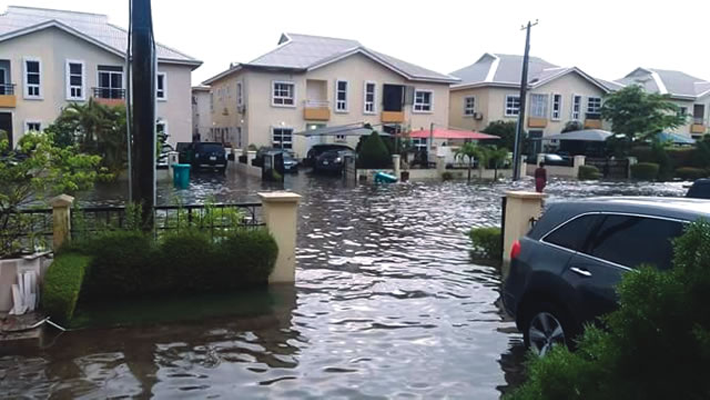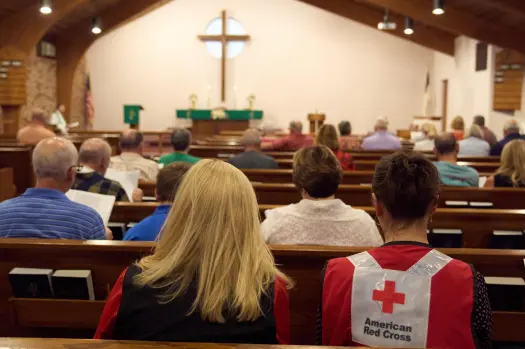Lagos Island in Nigeria and the surrounding areas suffered severe flooding this week due to prolonged heavy rainfall. The downpour submerged streets, overflowed drains, and forced many residents to wade through waist-deep water. Traffic came to a halt, homes flooded, and many commuters abandoned their vehicles.
Where the Flooding Hit Hard
Major roads and residential neighborhoods on the Island axis, especially in Lekki, Victoria Island, and adjacent districts, saw deep water intrusion. Drivers got stuck on routes like the 3rd Mainland Bridge as water pooled, making movement nearly impossible. In Lekki, estates and inner streets flooded, blocking entrances and trapping people. Residents blamed blocked drain systems and clogged waterways for worsening the situation.
Causes Behind the Deluge
First, the drainage infrastructure failed under the volume of rain. Many drains already choked with waste could not cope. Second, illegal building and development on floodplains constrict natural paths for water. Third, poor urban planning and a lack of regular maintenance made floods more severe. Local residents say that despite government promises to desilt drains and enforce environmental laws, many parts remain neglected.
Impact on People and Property
Flood waters invaded the ground floors of homes, damaging furniture, appliances, and personal items. Some residents evacuated temporarily to safer floors. In business districts, shops marked losses as customers avoided flooded streets. Commuters faced hours of delay; some abandoned public transport and walked long distances. The disruption to daily life left many anxious and frustrated.
Government Response and Appeals
Lagos State government called for calm and pledged to address the affected areas. Officials said they would deploy drain cleaning teams, emergency response units, and traffic control to ease congestion. The Commissioner for Environment reminded residents not to dump refuse into drainage channels and promised enforcement of laws against illegal construction. Meanwhile, emergency agencies remain on alert, monitoring water levels and issuing safety advice to vulnerable communities.
Steps Residents Can Take
Residents urged caution: avoid walking through fast-moving flood water, especially near submerged trenches or blocked drains. Also, raise sockets, appliances, and valuables off floor level when flood threats loom. Where possible, document damage for insurance claims. Engage local flood committees and report blocked drains to authorities.
Conclusion
The flooding on Lagos Island underlines how fragile the city’s infrastructure remains in the face of heavy rains. While climate and weather play roles, human choices around construction, waste disposal, and urban planning magnify the damage. To reduce future risks, both the government and citizens must act by clearing drainage, enforcing building laws, and improving planning. Only then can Lagos hope to withstand its rainy season without widespread disruption.
Click here to read about Typhoon Ragasa which battered Hong Kong



2 thoughts on “Heavy Rain Floods Lagos Island, Disrupts Lives and Traffic”